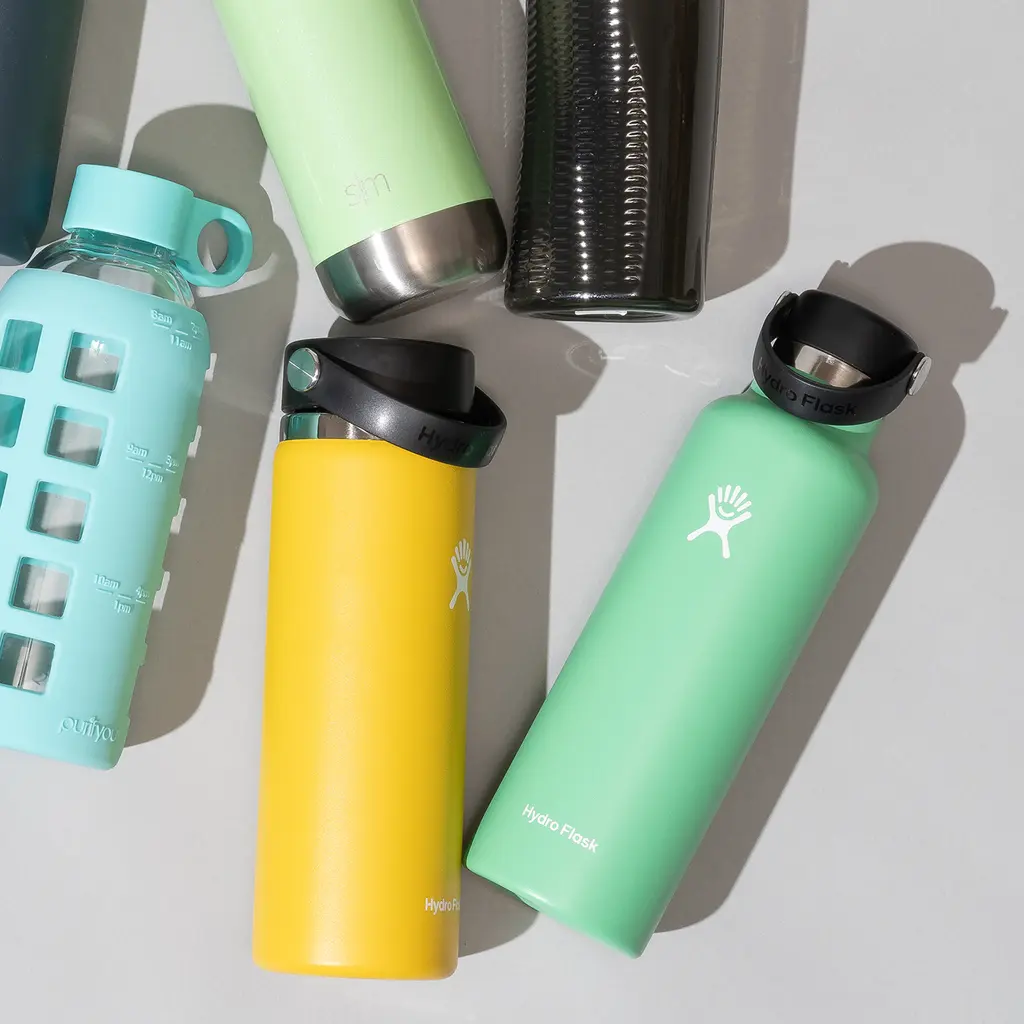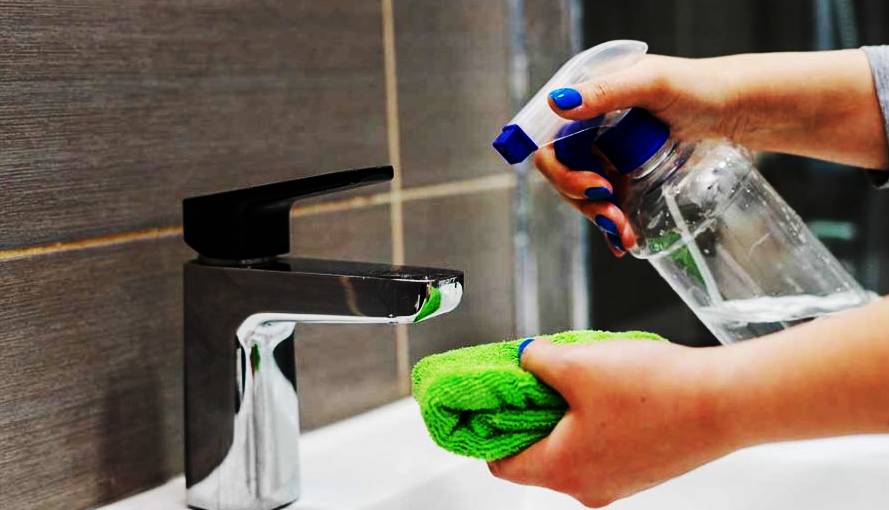Vacuum flasks (or thermoses) are perfect for keeping your drinks hot or cold, but over time, they can develop musty, sour, or moldy odors—especially if they aren’t washed properly after each use.
The good news? You don’t need expensive chemicals or replacements. With simple, natural ingredients like baking soda, vinegar, or lemon juice, you can remove those odors completely and keep your flask smelling fresh.
This guide will show you step-by-step methods to wash, deodorize, and maintain your vacuum flask, so it always stays clean, safe, and odor-free.
🧼 Method 1: Washing the Flask Properly
Step 1: Wash the flask with dish soap and warm water
After each use, fill your flask with warm water and add a few drops of dish detergent. Use a bottle brush to scrub the inside thoroughly, then rinse it at least three times until the water runs clear. Avoid dishwashers unless your flask’s care label says it’s dishwasher-safe.
Step 2: Disassemble the lid and clean it
Odors often hide in the lid and rubber seals. Disassemble the lid if possible, then clean all parts using dish soap, warm water, and a soft brush. Use a cotton swab or toothpick to reach tight spots where mold might grow.
Step 3: Scrub stains with a baking soda paste
Mix 1 tablespoon (15 g) of baking soda with 1 teaspoon (5 mL) of water to form a paste. Apply it inside the flask, scrub with a bottle brush, and rinse thoroughly. Repeat if needed to remove coffee or tea stains.
Step 4: Dry the flask upside down
After rinsing, place the flask upside down on a towel or drying rack for 2–4 hours. Separate the lid parts so they can dry completely before reassembling.
Step 5: Reassemble and store with the lid loose
Once fully dry, reassemble your flask. When storing, keep the lid slightly loose to prevent moisture and odors from building up.
🌸 Method 2: Deodorizing the Flask with Baking Soda & Vinegar
Even with regular washing, stubborn odors can linger inside the flask — especially if it’s been closed for a long time or used for milk, coffee, or soup.
Here’s how to deep clean and deodorize it naturally:
Step 1: Add baking soda
Put 1–2 teaspoons (5–10 g) of baking soda into your dry flask. This powerful deodorizer neutralizes odors and absorbs musty smells.
Step 2: Add vinegar and shake gently
Pour about 2 tablespoons (30 mL) of white vinegar into the flask, close the lid, and shake it for 10–15 seconds. The fizzing reaction helps break down bacteria and organic residues. Empty and rinse afterward.
Step 3: Use lemon juice as an alternative
If you prefer a citrus scent, replace vinegar with ¼ cup (59 mL) of lemon juice. Combine it with baking soda, close the lid, and shake well for 30 seconds. The citric acid naturally eliminates odors while leaving a refreshing fragrance.
Step 4: Let the baking soda sit overnight (for strong odors)
For persistent smells, add 1–2 teaspoons of baking soda to your clean flask, close the lid, and let it sit overnight (at least 8 hours). This allows the baking soda to absorb deep-seated odors effectively.
Step 5: Rinse thoroughly before using
Always rinse your flask with warm water several times before reuse. Ensure there’s no baking soda residue left, as it can alter the taste of your drinks.
Step 6: Repeat weekly for maintenance
To keep your vacuum flask odor-free, repeat this baking soda or vinegar treatment once a week or whenever you notice a stale smell.
💡 Expert Tip:
If your vacuum flask still smells musty even after multiple cleanings, the plastic lid or seal may have permanently absorbed the odor, especially if milk or soup spoiled inside. In that case, replacing the lid is often the best solution.
⚠️ Warnings
-
Never use bleach or harsh chemicals inside your flask — they can damage the stainless steel lining and contaminate your drinks.
-
Avoid sealing the flask tightly if it’s not completely dry. Moisture trapped inside promotes mold growth.
-
Don’t use abrasive brushes on glass-lined flasks, as they can scratch the surface.
🧰 Things You’ll Need
-
Dish soap
-
Warm water
-
Bottle brush
-
Baking soda
-
White vinegar or lemon juice
-
Cotton swabs or toothpicks
-
Clean towel or drying rack



